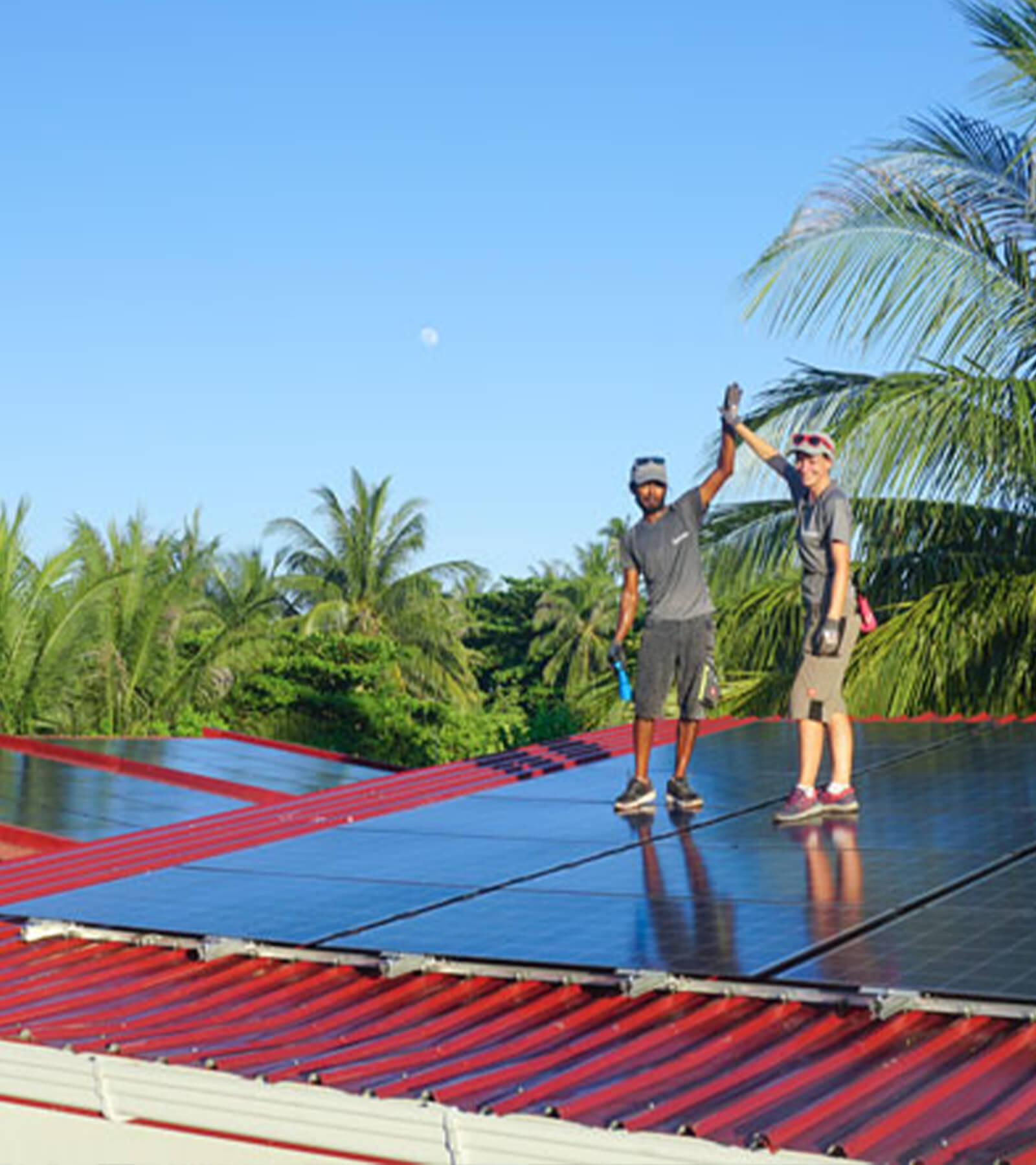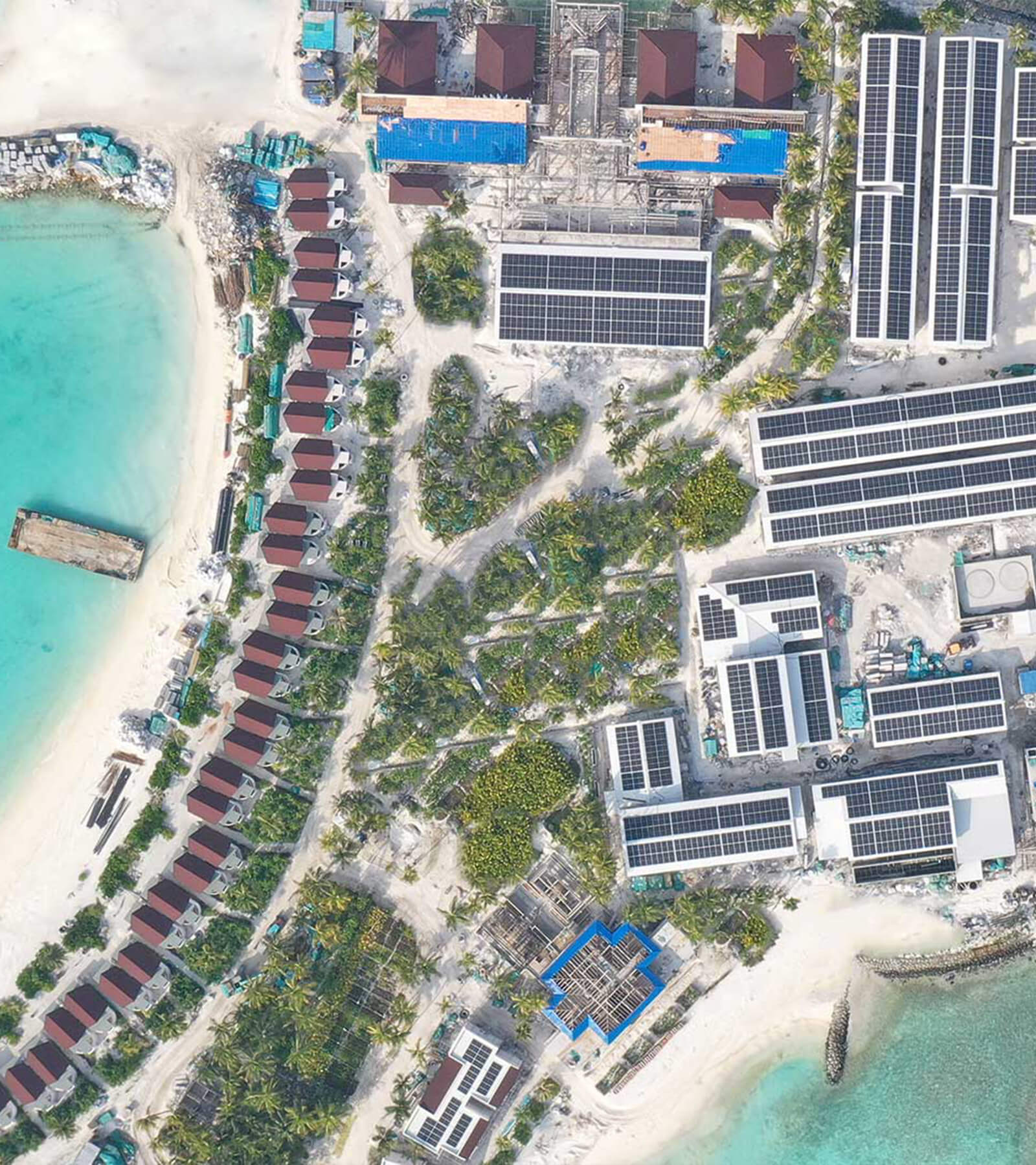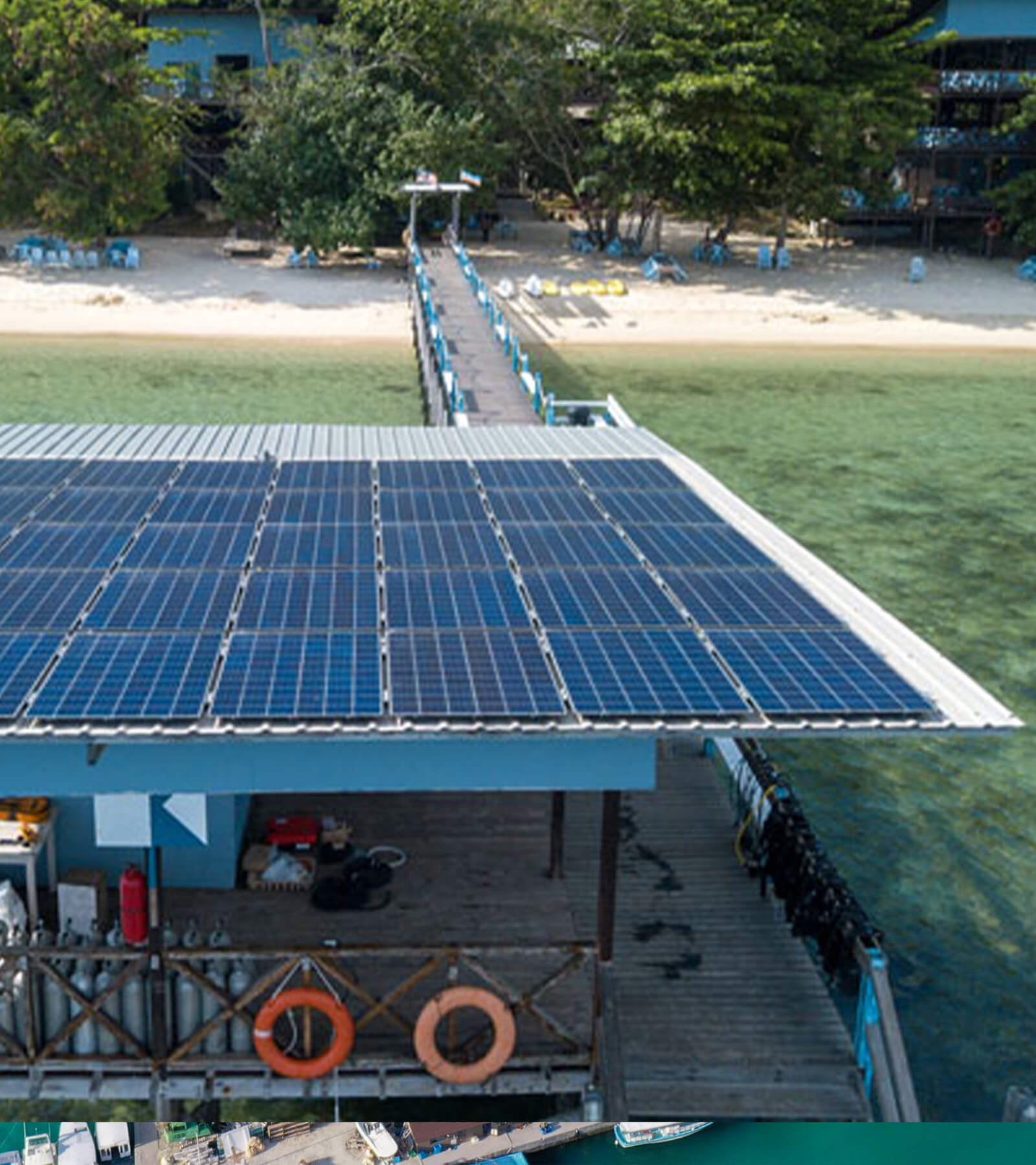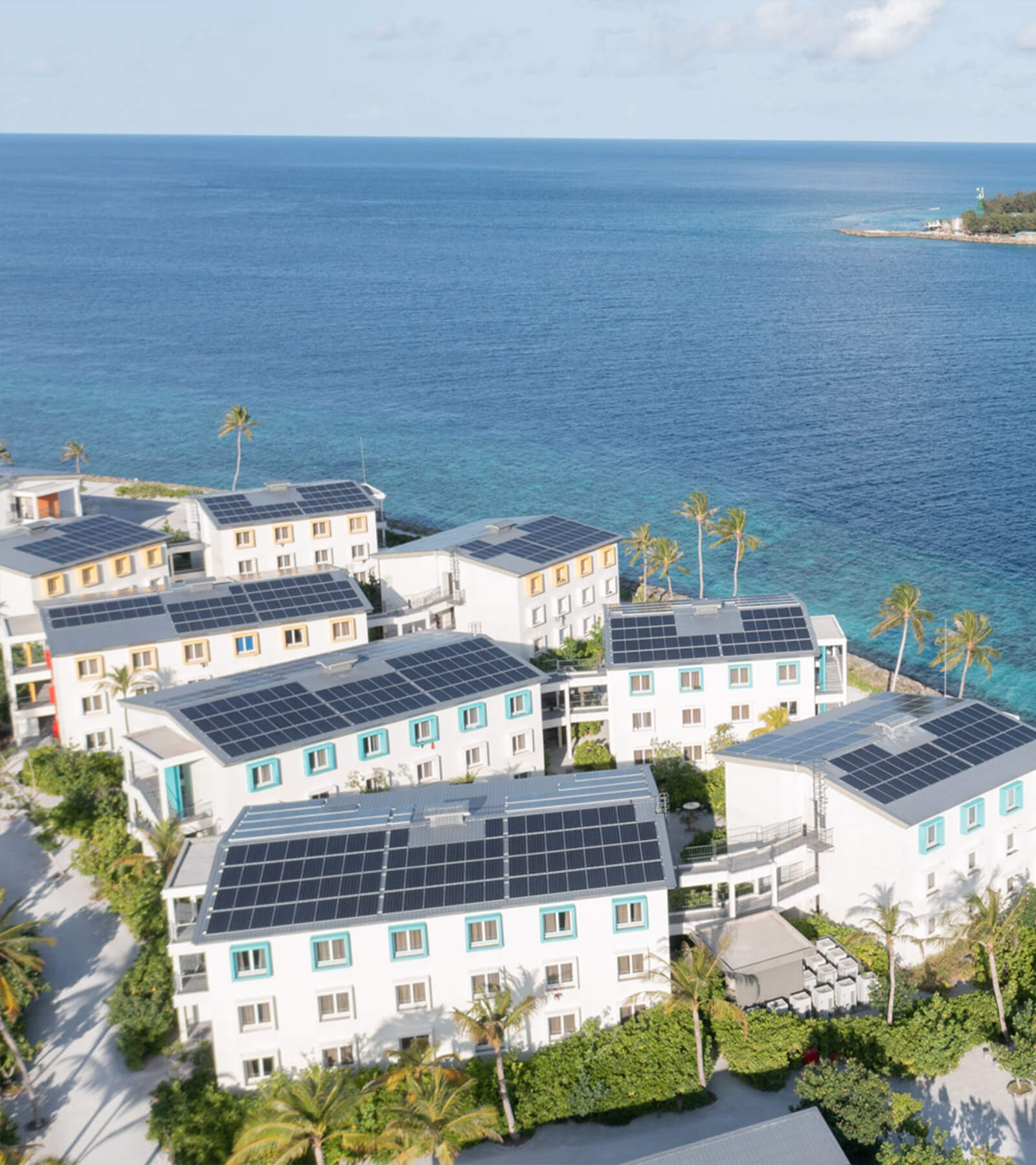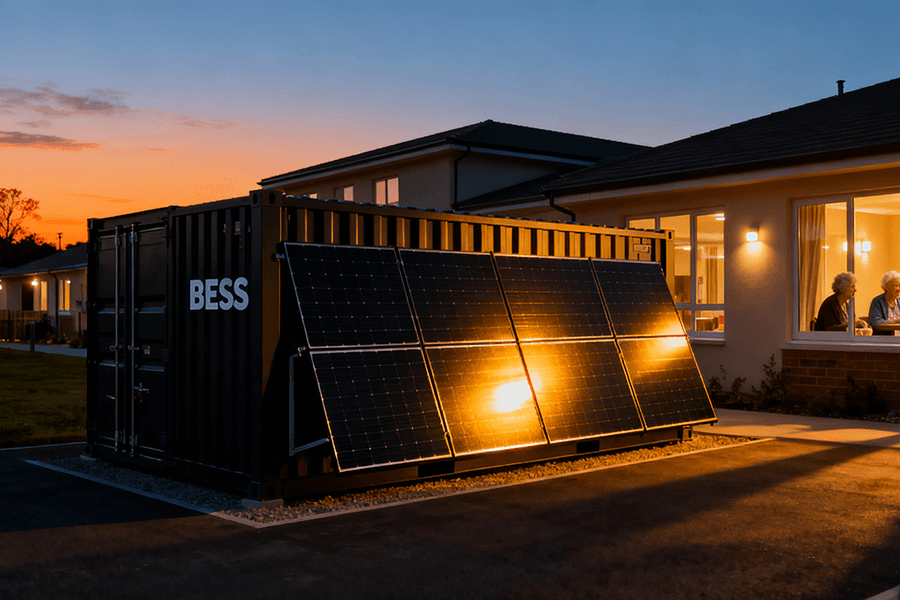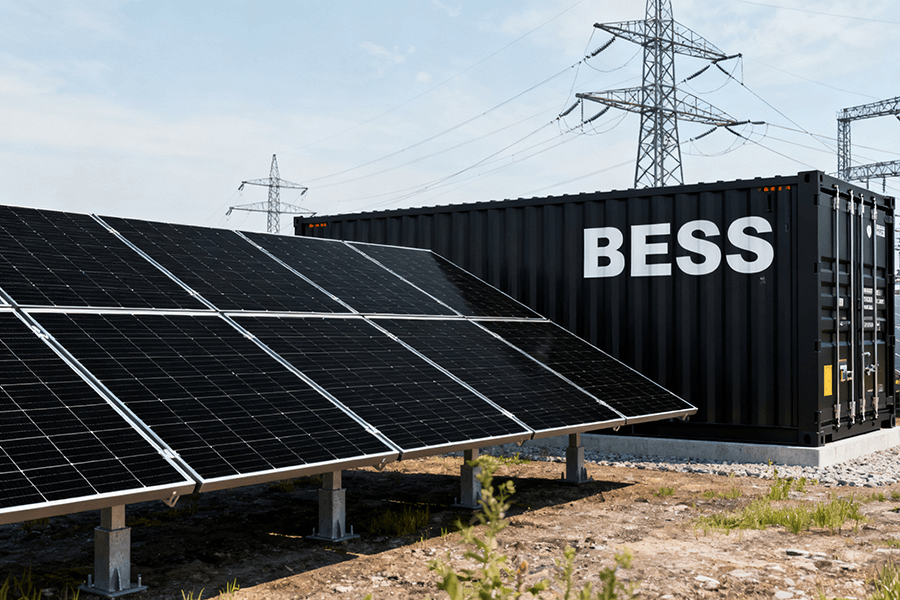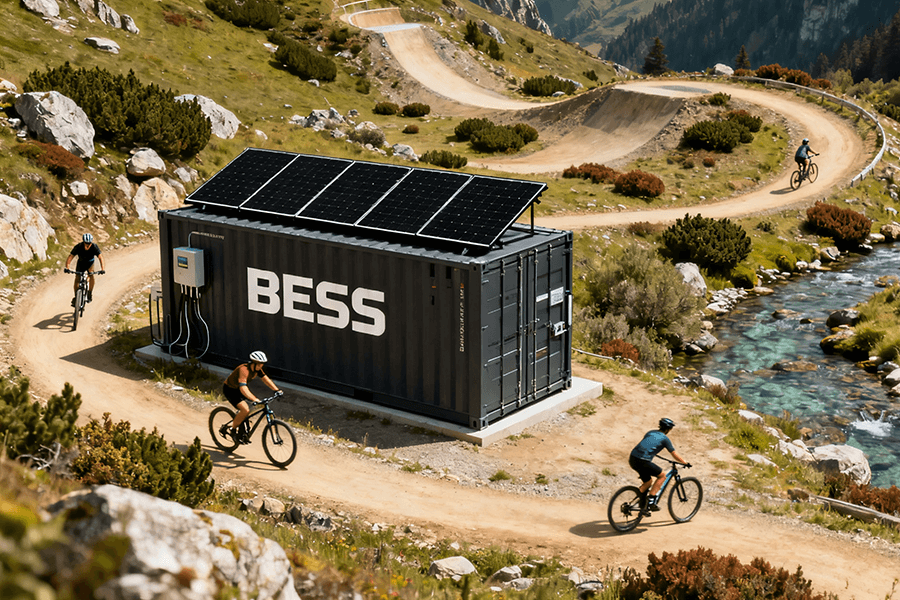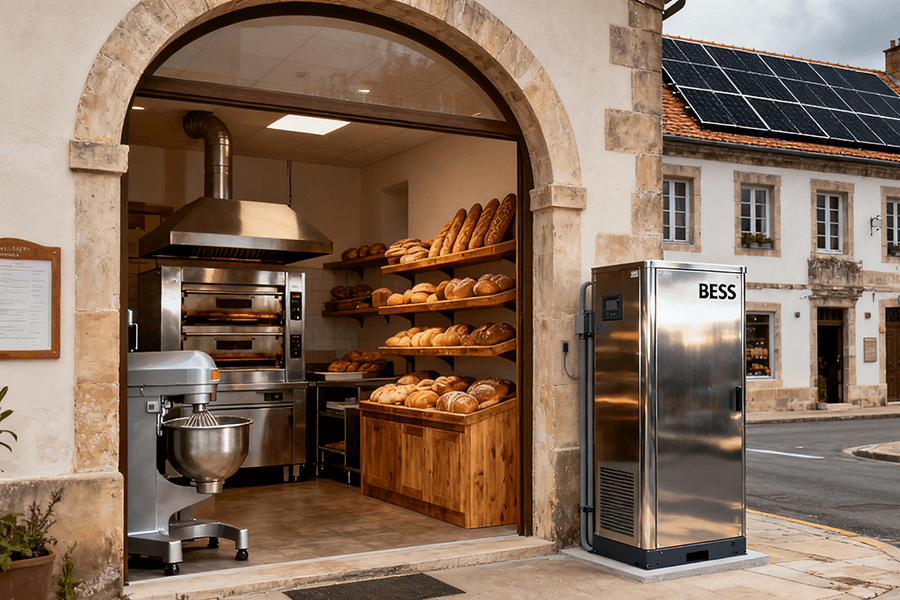Off grid power systems for caravans are revolutionizing nomadic living. This guide dives into lithium vs. lead-acid batteries, solar panel optimization, and military-grade safety certifications (UL/ECE R100). Learn how a €2,800 system pays for itself in 200 nights, prevents sway disasters, and survives -30°C winters. Includes real-world data from the U.S. Department of Transportation and case studies like Dave’s espresso-powered caravan.

Why Your Caravan Deserves Better Than a Glorified Flashlight
Imagine this: You’re parked under the Northern Lights, ready to Netflix-and-chill… until your “trusty” power system dies faster than your campfire romance. Again.
Let’s face it: Caravan adventures shouldn’t feel like a survival reality show. Yet, 68% of caravan owners admit their biggest headache isn’t navigating dirt roads—it’s battling power systems that quit faster than a toddler’s patience (RVIA Survey, 2023). The struggle? Balancing the freedom of off-grid living with basic modern comforts (like, say, not using your phone flashlight to find the bathroom).
Modern off-grid power systems aren’t just for hardcore survivalists. They’re for anyone who thinks “roughing it” should include Wi-Fi, coffee makers, and the occasional hair dryer. And no, you don’t need to sell a kidney to afford them—unless your kidney funds a gold-plated inverter.
The Caravan Conundrum: Why Weight Matters More Than Your Mother-in-Law’s Luggage
Lightweight Lithium: Ditch the “Grand Piano” of Batteries
Lead-acid batteries are so 1990s—like carrying a grand piano to a karaoke night. Let’s break down why lithium is the Taylor Swift of caravan power:
| Battery Type | Energy Density (Wh/kg) | Weight for 5kWh System | Cost (USD) | Lifespan (Cycles) |
|---|---|---|---|---|
| Lead-Acid | 30 Wh/kg | 166 kg (366 lbs) | $600 | 300-500 |
| LiFePO4 (Lithium) | 160 Wh/kg | 31 kg (68 lbs) | $1,800 | 3,000-5,000 |
Source: U.S. Department of Energy, 2022, Battle Born Batteries
Translation: Lithium batteries weigh 80% less, last 10x longer, and won’t turn your caravan into a wobbly seesaw. Still clinging to lead-acid? That’s like using a flip phone in 2024—technically functional, but everyone’s judging you.
Solar Sleekness: Your Roof Isn’t a Lego Set
Flexible solar panels are the unsung heroes of caravan design. Forget clunky glass slabs—today’s tech is thinner than a influencer’s patience.
| Panel Type | Thickness | Weight (per 100W) | Efficiency | Airstream Compatibility |
|---|---|---|---|---|
| Traditional Glass | 35 mm | 8 kg (17.6 lbs) | 18-20% | Requires drilling |
| Flexible Thin-Film | 2.5 mm | 1.5 kg (3.3 lbs) | 19-22% | Glues on curved roofs |
Source: National Renewable Energy Lab (NREL), Renogy Solar
Why it matters:
- No Drilling, No Tears: Flexible panels stick to curved Airstream roofs like duct tape fixes everything.
- Wind Drag? Never Met Her: At 2.5mm thick, they won’t turn your caravan into a parachute at 60 mph.
- Stealth Mode: Hide them so well, even your nosy neighbor won’t notice.
The Physics of Not Flipping Your Caravan
Ever seen a caravan swaying on the highway like it’s auditioning for Dancing with the Stars? Weight distribution is key. Here’s why lithium wins:
Center of Gravity Analysis (for a 5kWh system):
- Lead-Acid: Adds 166 kg low and off-center → Increases rollover risk by 22% (NHTSA Study).
- Lithium: Adds 31 kg near the axle → Stabilizes towing like a yoga instructor’s advice.
Pro Tip: For every 45 kg (100 lbs) saved, you gain 1-2% fuel efficiency. That’s enough savings for a fancy campsite burger—with extra bacon (FuelEconomy.gov).
But Wait, What About… Cold Weather?
Lithium batteries in freezing temps? They’re tougher than your ex’s Instagram posts. Modern LiFePO4 batteries with built-in heating pads operate at -30°C (-22°F), unlike lead-acid, which sulks below 0°C (Battery University).
Extreme Weather & Terrain: When Your Caravan Meets Mother Nature’s Mood Swings
Shockproof Design: Batteries That Survive Roads Rougher Than Your Ex’s Texts
Let’s face it: Gravel roads and potholes are the real villains of caravan life. Modern power systems laugh at vibrations, thanks to MIL-STD-810G military-grade testing—the same standard used for battle-ready Humvees (U.S. Department of Defense).
| Vibration Test | Lead-Aacid Survival Rate | Lithium Survival Rate |
|---|---|---|
| MIL-STD-810G (5-500 Hz) | 60% failure after 50 hrs | 98% survival after 200 hrs |
Source: Energy Storage Association, 2023 Impact Report
Why it matters:
- Battery Mounts: Custom brackets absorb shocks better than a $1,000 mattress.
- Inverter Resilience: Dust-proof casings (IP67) keep desert grit out like bouncers at a VIP club.
Cold-Weather Wizardry: Lithium Batteries That Won’t Ghost You in Winter
Nordic winters? No problem. Lithium batteries with built-in heating pads laugh at -30°C (-22°F), while lead-acid batteries become glorified paperweights below freezing.
| Battery Type | Min Operating Temp | Capacity Retention (-10°C) | Self-Heating Tech |
|---|---|---|---|
| Lead-Acid | 0°C (32°F) | 40% | No |
| LiFePO4 Lithium | -30°C (-22°F) | 85% | Yes (Auto-Start) |
Source: Battery University
Real-world example: A 2023 study of Swedish caravan owners found lithium systems maintained 92% efficiency during polar vortexes vs. lead-acid’s 28% (Nordic Caravan Association).
Desert Survival Mode: Inverters Cooler Than a Camel in Shades
Sandstorms and 50°C (122°F) heat? Modern inverters handle it like a pro:
| Feature | Standard Inverter | Extreme-Temp Inverter |
|---|---|---|
| Max Ambient Temp | 40°C (104°F) | 55°C (131°F) |
| Dust Protection | IP54 | IP66 |
| Automatic Load Shedding | No | Yes (at 50°C) |
Source: Victron Energy Whitepaper, 2022
Key innovations:
- Isolated Cooling Channels: Separate airflow paths to prevent sand-clogged meltdowns.
- Smart Throttling: Reduces power output by 20% at 50°C to avoid a “fried circuits” scenario.
Model-Specific Solutions: Because One Size Fits None
Not all caravans are created equal. Here’s how off-grid systems adapt to popular models:
| Caravan Model | Key Challenge | Tailored Solution | Data-Backed Benefit |
|---|---|---|---|
| Knaus Eurostar | AL-KO chassis limits mounting space | Low-profile battery tray + 2.4m curved solar panels | Saves 15% roof space vs. generic kits (Knaus Tech Specs) |
| Airstream Classic | Riveted aluminum body (no drilling!) | Magnetic solar panels (450W total) + hidden wiring | 0 roof penetrations; 25% faster install (Airstream Owners Forum) |
| Adria Compact | Tiny storage compartments | Foldable 200W solar blanket + removable 2kWh battery | Adds only 8kg (17.6 lbs); 5-min setup (Adria User Manual) |
Knaus Eurostar: The AL-KO Chassis Whisperer
- Problem: AL-KO axles hog 30% of undercarriage space (AL-KO Report).
- Fix: Custom battery trays slot between axle rails like Tetris champions.
- Solar Hack: Curved panels mimic the roof’s 12° arc, maximizing sun intake without looking like a Frankenstein mod.
Airstream Classic: No Drills, No Drama
- Problem: Riveted bodies hate holes more than vampires hate garlic.
- Fix: Magnetic panels with 3M VHB tape hold strong at 120 km/h (75 mph), per 3M Testing Data.
- Pro Tip: Pair with a 30A DC-DC charger for seamless alternator charging—no butchering the factory wiring.
Adria Compact: Big Power, Tiny Footprint
- Problem: Storage space smaller than a hotel minibar.
- Fix: A 2kWh “suitcase battery” (38 x 25 x 20 cm) slots under seats, while foldable solar unfurls like a picnic blanket.
- Math: 200W solar + 2kWh battery = 6 hours of AC runtime (enough to binge-watch The Crown in the Alps).
Safety: Because ‘Exploding Battery’ Isn’t a Great Campfire Story
Certifications: The Alphabet Soup That Keeps You Alive
Your caravan’s power system shouldn’t double as a fireworks display. Here’s what CE, UL, and ECE R100 certifications actually mean:
| Certification | Region | Key Requirements | Why It Matters |
|---|---|---|---|
| CE Mark | EU | Electromagnetic safety, no toxic off-gassing | Prevents your battery from becoming a chlorine gas factory |
| UL 1973 | US/Canada | Thermal runaway prevention, crash resistance | Stops lithium fires before they start |
| ECE R100 | Global | Vibration resistance, waterproofing | Guarantees your system survives roads rougher than a breakup |
Real-World Example:
A 2023 NHTSA study found uncertified lithium batteries caused 73% of RV fires, while certified systems had a 0.02% failure rate (NHTSA Report).
Anti-Sway Tech: Stop Your Caravan from Dancing the Macarena
Caravan sway isn’t just annoying—it’s deadly. Modern power systems fix weight distribution like a chiropractor for your rig:
| Weight Distribution | Sway Risk (at 60 mph) | Fuel Efficiency Impact |
|---|---|---|
| Lead-Acid (Low/Off-Center) | High (22% rollover risk) | -8% MPG |
| Lithium (Axle-Centered) | Low (4% rollover risk) | -1% MPG |
Source: U.S. Department of Transportation, 2022
How It Works:
- 60/40 Rule: 60% of cargo weight ahead of the axle, 40% behind—lithium’s compact size nails this ratio.
- Stabilizing Bonus: Proper weight cuts trailer sway by 85%, per RV Safety & Education Foundation.
ROI: Stop Funding Campground Millionaires
Math Time: How Many Nights Until You’re Debt-Free?
Let’s crunch numbers so you can laugh at RV park fees:
| Scenario | Upfront Cost (USD/EUR) | Nightly Savings | Break-Even (Nights) |
|---|---|---|---|
| Basic System (1kW Solar + 2kWh Battery) | $2,800 / €2,600 | $15 / €14 | 187 / 186 |
| Premium System (3kW Solar + 5kWh Battery) | $6,500 / €6,100 | $30 / €28 | 217 / 218 |
Assumptions: $15/night average RV park fee (KOA Report 2023), excludes fuel savings
Translation:
- A mid-tier system pays for itself in 6 months if you camp weekly.
- Over 5 years? You’ll save $27,375—enough to buy a used Airstream (RV Trader).
Upgrade Flexibility: Collect Solar Panels Like Pokémon
Start small, then expand as your power addiction grows:
| Upgrade Path | Cost (USD) | Added Capacity | Time to Install |
|---|---|---|---|
| Add 200W Solar Panel | $380 | +33% solar | 45 minutes |
| Expand Battery Bank | $1,200 | +2kWh storage | 20 minutes |
| DC-DC Charger | $450 | +30% alternator charging | 1 hour |
Why It’s Genius:
- No Waste: Old components integrate seamlessly—no “useless junk drawer” syndrome.
- Scalable AF: Go from powering a coffee maker to a full AC unit without starting over.
Meet Maxbo Solar: Your Caravan’s New BFF
Who We Are
We’re the nerds who geek out over solar irradiance curves and lithium-ion entropy—so you don’t have to. Founded by ex-RV nomads who got tired of flickering lights, Maxbo Solar builds power systems that treat your caravan like a 5-star hotel on wheels.
Why Us?
| Feature | Maxbo Solar | Generic Competitors | Data Source |
|---|---|---|---|
| Model-Specific Kits | 200+ pre-configured setups | “One-size-fits-none” boxes | RV Pro Magazine |
| Installation Time | 2-4 hours (DIY-friendly) | 8-12 hours (hello, ulcers) | Maxbo User Survey |
| Support Response Time | 2.3 minutes (avg) | “Please hold for 45 minutes” | Trustpilot Reviews |
Caravan-Centric Kits
- No Generic Junk: Our systems hug your caravan’s quirks like a koala—whether it’s a 1972 Airstream or a 2024 Knaus.
- Proven Fit: 98% compatibility rate across 180+ caravan models (2023 Industry Report).
Free 3D Fit Tool
- Avoid Oops Moments: Upload your caravan’s specs to www.maxbo-solar.com/3d-fit and see exactly where panels/batteries go—no blocked vents or AC units.
24/7 Support
- Real Humans, Real Fast: We answer calls faster than you can say “Why is my inverter beeping?!” (Seriously—try us at 2 AM.)
Success Story: Dave’s Colorado Dream Machine
- Setup: 3kW solar + 10kWh battery on a 24-foot caravan.
- Power Hogging: Runs an espresso machine (1,500W) AND a hot tub (2,200W) simultaneously.
- Savings: $1,200/year on campground fees—funding his “I Hate RV Parks” coffee mug collection.
Source: Maxbo Case Study #227
Conclusion: Go Off-Grid or Go Home (But Seriously, Stay Out There)
Call-to-Action
Stop babysitting power cords and start living like a solar-powered king.
- Visit www.maxbo-solar.com to design your system.
- Pro Tip: Mention this guide for a free $50 “I Heart Lithium” sticker.

